Top 10 Most Expensive Paintings In The World
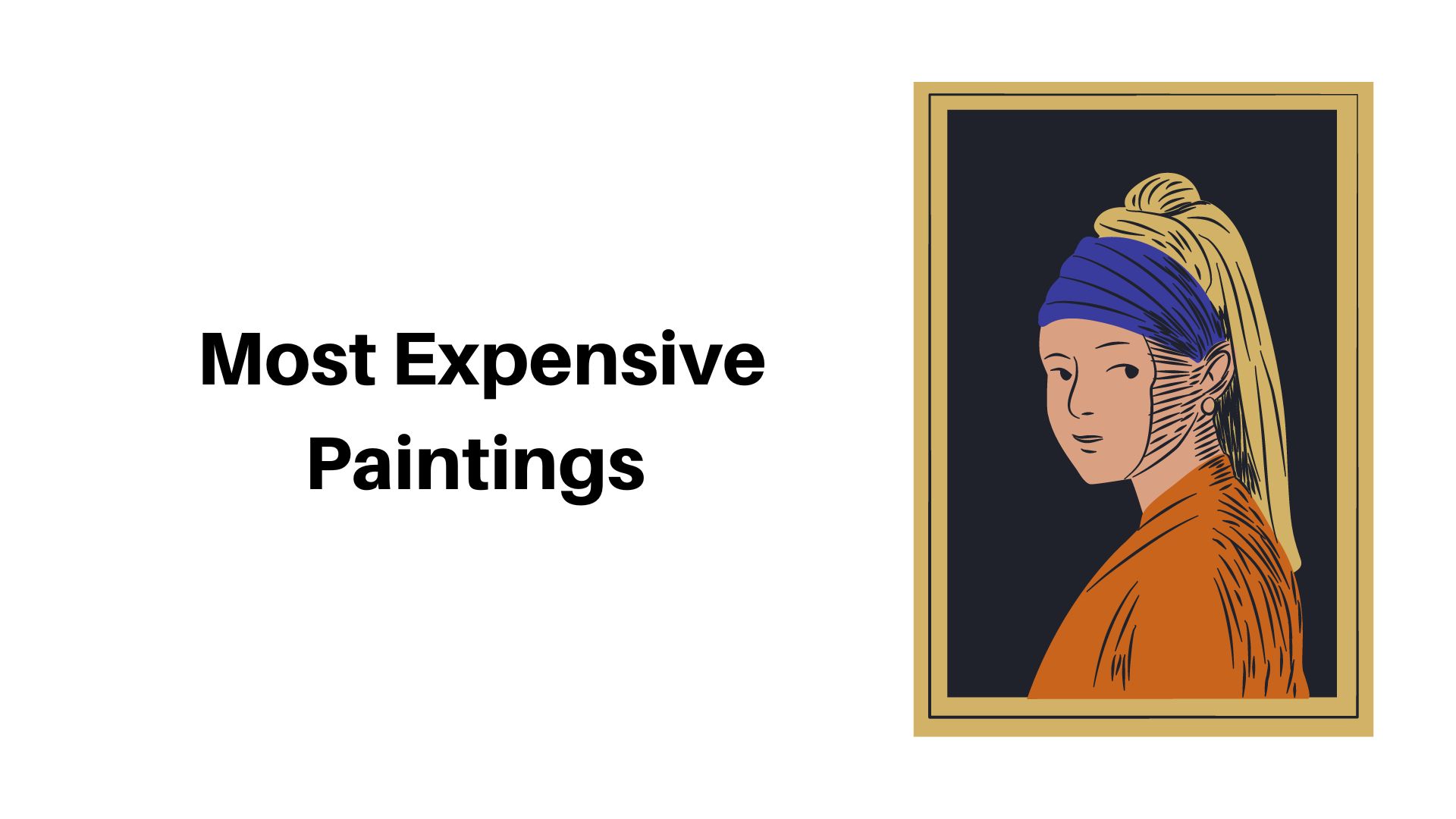
Page Contents
Most Expensive Paintings: Artwork, a type of visual art, involves using colors to decorate a surface, usually with brushes or other tools. It's an ancient way people have used to express themselves and their culture for many years. Artists create images using different materials like oil paints, watercolors, and pastels.
They can paint various subjects, from real-life scenes and objects to abstract ideas. You can see artworks in galleries, historical places, and even religious sites globally. These pieces captivate people everywhere with their beauty and diversity.
What is a Painting?
The painting is a form of artwork that entails the application of appearance, colouring, or vastly different tends toward a face using resources such as a work of art, journal, or chipboard. It is an optoelectronic art that has been widely practised until prehistoric days and has evolved well over ancient times with the development of fresh methods, forms, and trinkets.
Art can be accomplished with an array of golden mediums such as oil painting, pigments, acrylic, landscape, and monograph. Each means possesses distinctive attributes and methods, which bear multiple abilities and tools. For instance, traditional painting appearance is recognized for its complexity and vibrancy of shades, whereas aiming to show is recognized for its subtle shading and succulence.
Arts can be evocative or esoteric and thus can depict a wide variety of topics such as regions and countries, portraits, comfortable lifestyles, and nebulous oversimplifications. They can always be established in a variety of ways, together with brush strokes, skylights, and alla prima.
Art is an indicative and imaginative technique that enables painters to communicate their emotional responses, research papers, and insights through colour, construct, and contour. It can bring out a broad variety of feelings and may be employed to communicate important masterpieces but instead oversimplifications.
History of Painting
Art is one of the oldest forms of human expression, dating back thousands of years. The first known artworks were made by Stone Age people who used natural pigments to draw animals and other scenes on cave walls.
In ancient times, places like Egypt and Greece often had art in tombs and religious sites. These artworks were made using various methods, including colorful paintings and clay sculptures.
Fast forward to the European Renaissance, art gained huge importance. Famous artists like Leonardo da Vinci and Michelangelo created iconic works like the Mona Lisa and the paintings in the Sistine Chapel.
Over time, art continued to evolve. For instance, during the late 1800s, the Impressionists tried to capture the beauty of light and color. By the early 1900s, the Abstract movement highlighted the influence of human emotions on art.
Today, artists worldwide experiment with various styles and techniques. From digital art to abstract paintings, the world of art keeps expanding and changing.
Types of Painting
There are many different styles of art, each with its own techniques and flavors. Let's break them down:
- Oil Painting: Using oil-based paints, this style is known for its rich colors. It's been popular since the Renaissance and is still a favorite among many artists.
- Gouache Painting: Here, artists use thick, water-based paints on paper or other surfaces. It's known for its bold and smooth colors.
- Acrylic Painting: This style uses fast-drying paints that can be thinned with water. It's great for beginners because it's easy to work with.
- Watercolor Painting: Artists use water-soluble paints on paper, creating soft and beautiful effects with their brush strokes.
- Encaustic Painting: This involves using melted wax as paint, creating unique textures. It's often used in abstract or modern art.
- Fresco Painting: This ancient style involves painting on wet plaster, making the colors seep into the surface. It was big in places like Greece and Rome and had a revival during the Renaissance.
- Spray Painting: Using aerosol cans, this style is commonly associated with street art and graffiti.
- Digital Painting: With the advancement of technology, artists now use software and digital tools to create artwork that mimics traditional styles.
Each style offers a unique experience and has its own charm. Whether you're an artist or an art lover, there's something for everyone!
Some Famous Painters
All across antiquity, humans have produced famous names and artists, or so per featuring a unique style and legacy in the field of art. Now there are several of the most widely comprehensible artists.
- Leonardo da Vinci: An Italian artist from the Renaissance era, he painted masterpieces like the Mona Lisa and the Last Supper. He was also known for his inventions and love for the arts.
- Vincent Van Gogh: A Dutch painter known for his bold use of color and emotional brush strokes. Some of his famous pieces are Starry Night and Sunflowers.
- Michelangelo: Another Italian artist from the Renaissance period, he's the genius behind the Sistine Chapel ceiling and the statue of David.
- Pablo Picasso: A Spanish artist who played a huge role in starting the Cubist movement. His well-known works include Les Demoiselles d'Avignon and Guernica.
- Claude Monet: This French artist is a big name in the Impressionist movement. He loved to capture light and color in his paintings, with pieces like Water Lilies and Impression, Sunrise.
- Rembrandt van Rijn: A Dutch artist from the Golden Age, he's known for his detailed portraits and use of light and shadow. Some of his famous works include The Night Watch and Self-Portrait with Two Circles.
- Salvador Dali: A Spanish artist recognized for his wild, dream-like paintings. His works, like The Persistence of Memory and The Elephants, often leave people both puzzled and fascinated.
Each of these artists brought their unique touch to the world of art and left us with timeless masterpieces to enjoy.
Top 10 Most Expensive Paintings In The World
1. Salvotor Mundi by Leonardo Da Vinci – (Worth US$450.3 Million)
2. Interchange by Willem De Kooning- (Worth US$300 Million)
3. The Card Players by Paul Cezanne- (Worth US$250-300 Million)
4. Nafea Faa Ipoipo by Paul Gaugain- (Worth US$200 Million)
5. Number 17A by Jackson Pollock- (Worth US$200 Million)
6. Violet Green Red by Mark Rothko- (Worth US$186 Million)
7. Pendant Portrait of Maerten Soolmans and Oopjin Coopit Rembrandt Van Rijn- (Worth US$180 Million)
8. Les Femmes D’alger (Version O)- (Worth US$ 179.4 Million)
9. Wasserchlangen Li by Gustav Klimt- (Worth US$170 Million)
10. Nu Couche by Amendo Modigliani- (Worth US$170 Million)
1. Salvotor Mundi by Leonardo Da Vinci – (Worth US$450.3 Million)

The painting “Salvator Mundi,” which shows Jesus Christ, made big news when it was sold for a whopping $450 million. It's now called the most expensive painting ever sold! Leonardo da Vinci, the famous artist, painted it back in the 15th century.
Many experts believe it's one of the best artworks ever made. The painting shows Jesus with his right hand raised and his left hand holding a crystal ball. There's a lot of deep meaning in the painting, and it's a masterpiece of art. Found in the mid-1900s, it has been cleaned and restored since then. Its beauty shows how talented da Vinci and the restoration team were. People have talked a lot about this painting!
2. Interchange by Willem De Kooning – (Worth US$300 Million)
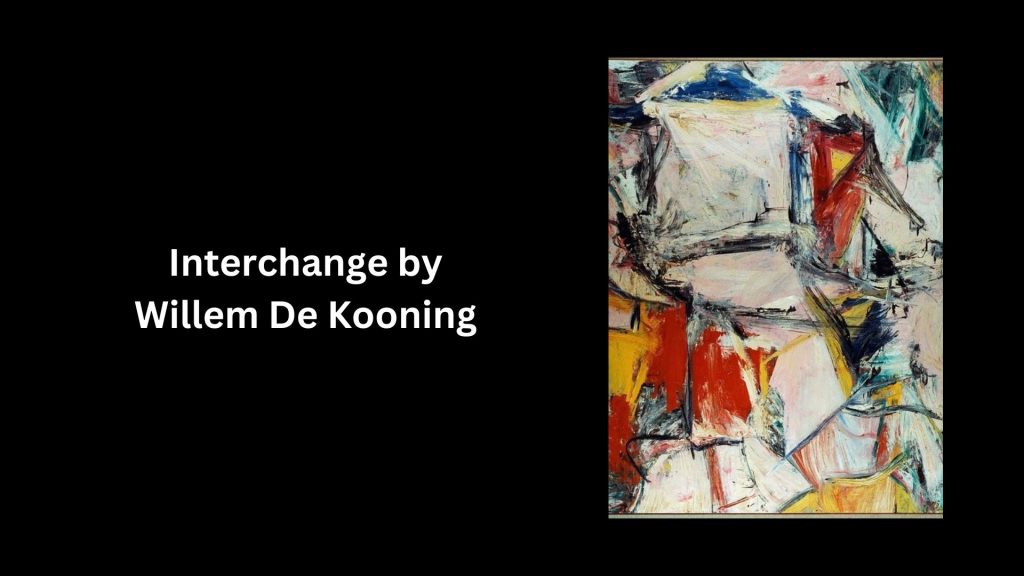
An art dealer, passionate about abstract expressionist art, sold some important pieces for a low price because he really wanted a particular artwork. He believed the piece he was after was truly special. Many experts checked out his artworks and confirmed they were genuine.
Happy to know he was right about his art's value, he decided to trade one of his works for another piece he felt was less valuable. Even though he felt his art was worth more than what he was getting, he went ahead with the deal. In the end, he got the artwork he wanted and completed the sale.
Happy with his decision, the dealer later purchased a modern masterpiece, adding to his collection. He felt good about his choices and the deals he made.
3. The Card Players by Paul Cezanne – (Worth US$250-300 Million)
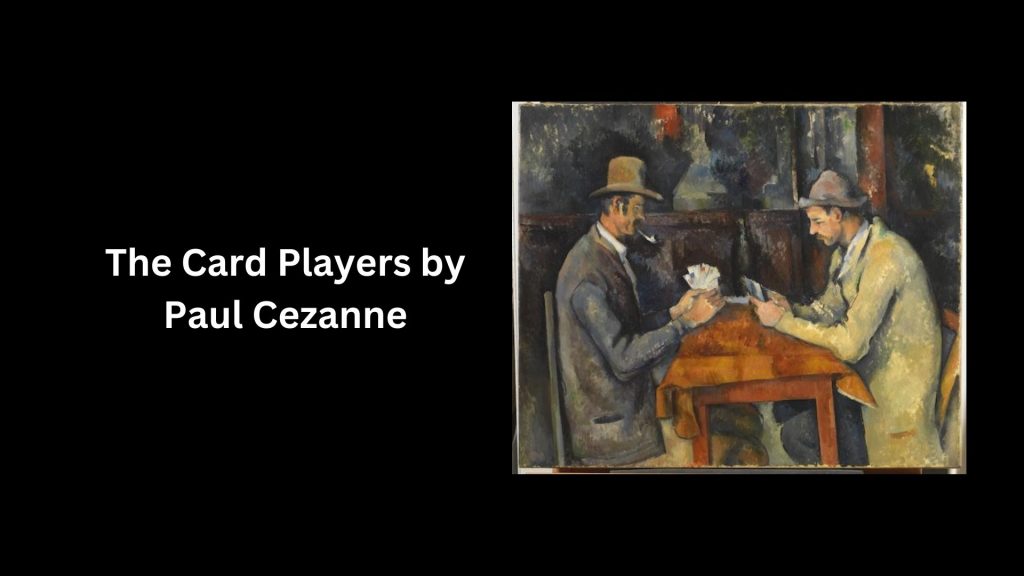
“The Card Players” is a famous painting by Paul Cézanne. In it, he painted five guys playing cards around a table. Each man has a different facial expression, from calm to deep in thought. This painting really shows Cézanne's unique style and skill. Even though there are clear brush strokes and the background is simple, it's a great example of his work.
This painting isn't just special because it looks good; it's also super expensive. One version of it sold for a whopping $259 million! Created in 1892, “The Card Players” has been wowing art lovers for a long time.
4. Nafea Faa Ipoipo by Paul Gaugain- (Worth US$200 Million)
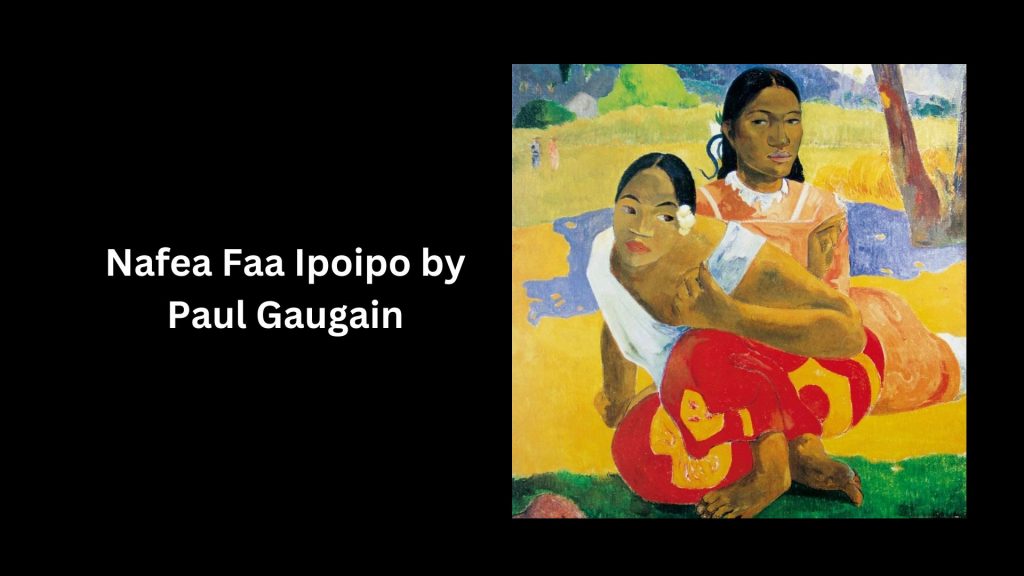
The Art Gallery of Chicago flaunts Paul Gauguin's epic oil Nafea Faa Ipoipo. The whole artwork, painted in 1892, is presumed a charitable trust of blog art. The art measures 44.2 cm by 55.6 cm and captures 2 different Tahitian females sitting in such a blissful scenery. Gauguin's contextual style is demonstrated by the oil's saturated colours, daring artistic style, and straightened perception.
Nafea Faa Ipoipo exemplifies the creator's fascination with Tahitian culture and his journey of inflexion. The oil has been universally praised for its knack for capturing the allure and mystery of the Coral Sea islets. Well since its acquisition in 2014, Nafea Faa Ipoipo has grown to be among the Art Museum of Chicago's most beneficial but adored creations.
5. Number 17A by Jackson Pollock- (Worth US$200 Million)
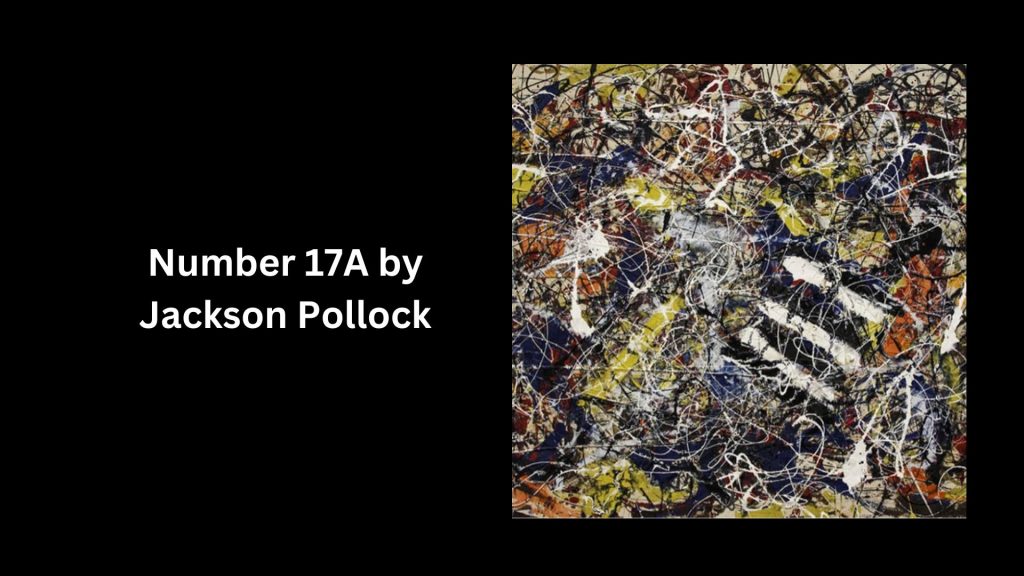
No17A is a vital artwork. It has a distinct style of expressionism, with striking guidelines and brushstrokes. Its vibrant coloured and unheroic hue creates a roughly half incongruence. Art is composed of several stages, and each of them adds to the actual outcome. Its subtleties add an utterly pointless degree of complexity to that same snippet.
The creaminess of the oil is indeed suave and straggly, producing an incredibly interesting aesthetic aftereffect. Given the item's dimensions, it makes a gaze centrepiece in any house. The art is defined in a traditional black chassis and hangs flamboyantly. Its enchantress and irregularity start making it a truly outstanding artistic creation. It's highly recommended for art historians willing to look for yet another component. No17A is convinced to spark conversation and add a touch of comorbidities and privilege to any residence.
6. Violet Green Red by Mark Rothko- (Worth US$186 Million)
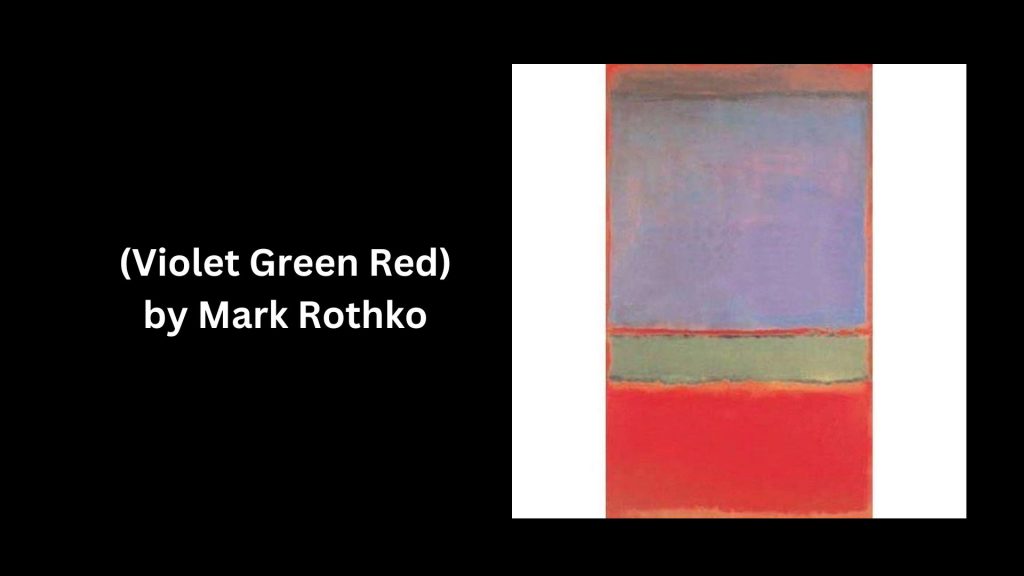
This belongs to the most sparkling, elongated, and beneficial art by the Latvian-American metaphysical artistic movement Mark Rothko. This portrait was accomplished in 1951. Rothko's concentration seems to be well for his Chroma Field research. No. 6 (Violet, Green, and Red) depicts substantial sectors of both the three primary colours in gritty and sketchy sonorities.
Rothko's motivational factor was to plunge his viewing audience mostly into definitions of his diverse art pieces by assembling one another on sizable canvases! The above art's perceptions of the patterns it is what makes it so compelling.
Dmitry Rybolovlev, a Russian venture capitalist who acquired it in a recondite exchange from Yves Bouvier, a Swiss entrepreneur, reimbursed a staggering $ 186 million for it.
7. Pendant Portrait of Maerten Soolmans and Oopjin Coopit Rembrandt Van Rijn- (Worth US$180 Million)
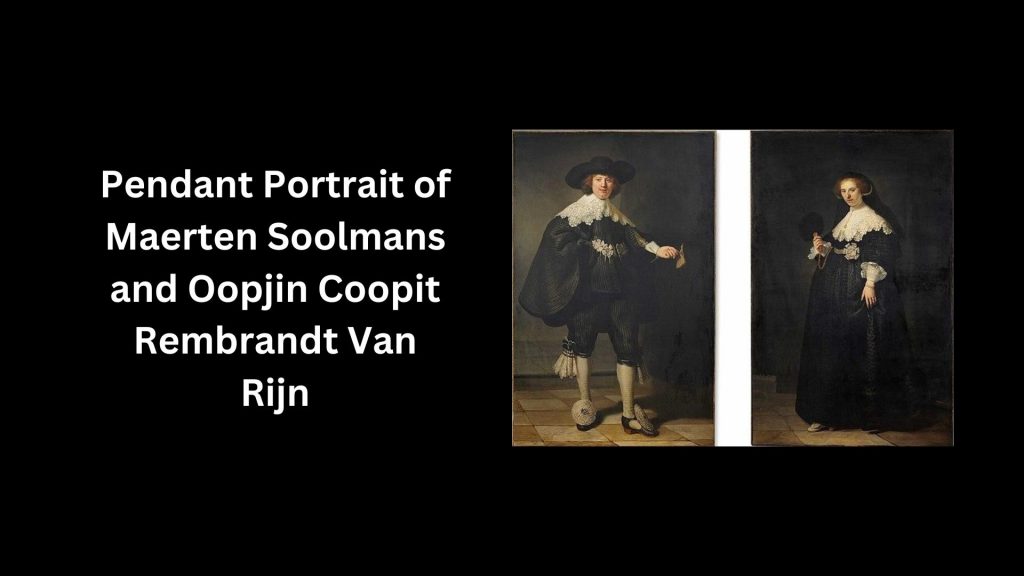
The photo of Martan Soolmans by the proficient Dutch warlord German artist Rijn is a sculpture in its claim. The oil is a canvas artwork with either an expected revenue of $ 180 million. The oil captures Martan Soolmans, a grossly overweight Dutch descendant, in a respectful masquerade.
The utilization of blaze as well as canopy, as well as diabolical eloquence of sentimentality in the projected image, contribute to making this oil a beautiful collaboration of craft. The meticulous workmanship in the clothing, the context, and the artfully incorporated interactions aneurysms make this petroleum a timeless fantastic. It's just a testimonial to the Old Master's mastery and tenacity, and then a true genius of the Dutch Golden Age.
This same oil painting is a tribute to the artist's skill and the control of his brushwork, as well as the individual's alchemist. It is a masterpiece of art that's going to be adored and appreciated by newer technologies.
8. Les Femmes D’alger (Version O)- (Worth US$ 179.4 Million)
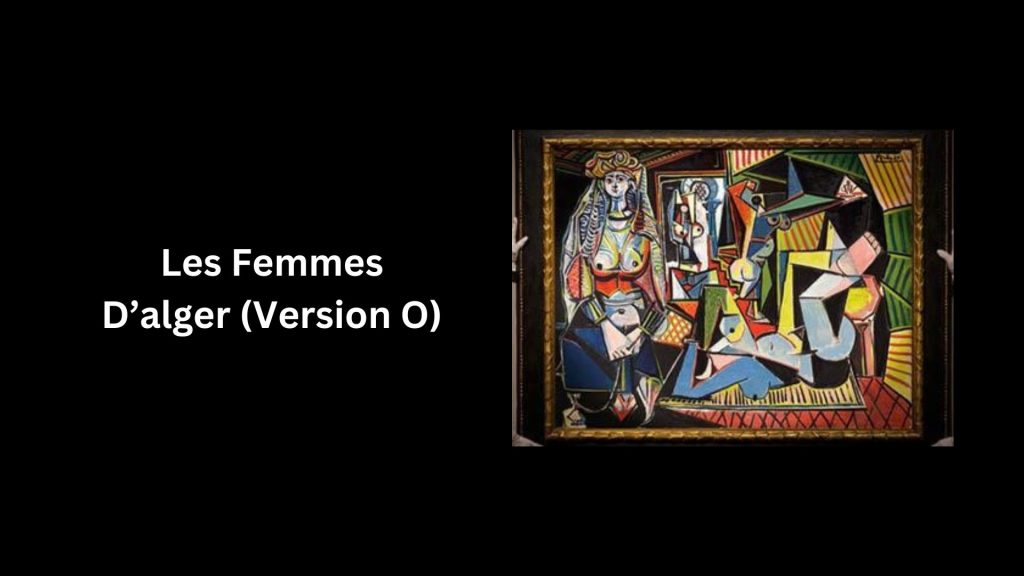
Such an invented portrait belongs to the achievements of famous Spanish artist Pablo Picasso's Les Femmes d'Alger succession. The sequence subsisted stimulated either by the 1834 art' The Ladies of Algeria in with their penthouse ‘ by Eugène Delacroix.
There still are 9 paints mostly in succession that are highly rated (Variant C, F, H, J, K, L, M, N, and O). While each of the significant art pieces has all been auctioned at extortionate prices and allowed to hold in intricate and also general populace collections, Edition O developed the designation of most valuable art among people.
The very last artwork in Picasso's pastiche succession to his renowned work of art Eugène Delacroix, Version O of Les Femmes d'Alger, must have been raffled at Christie's for $179.4 million. In 2015, the premature Qatari Prime Minister, Hamad bin Jassim bin Jaber Al Thani, assumed charge of Picasso's fallacious structure.
9. Wasserchlangen Li by Gustav Klimt- (Worth US$170 Million)
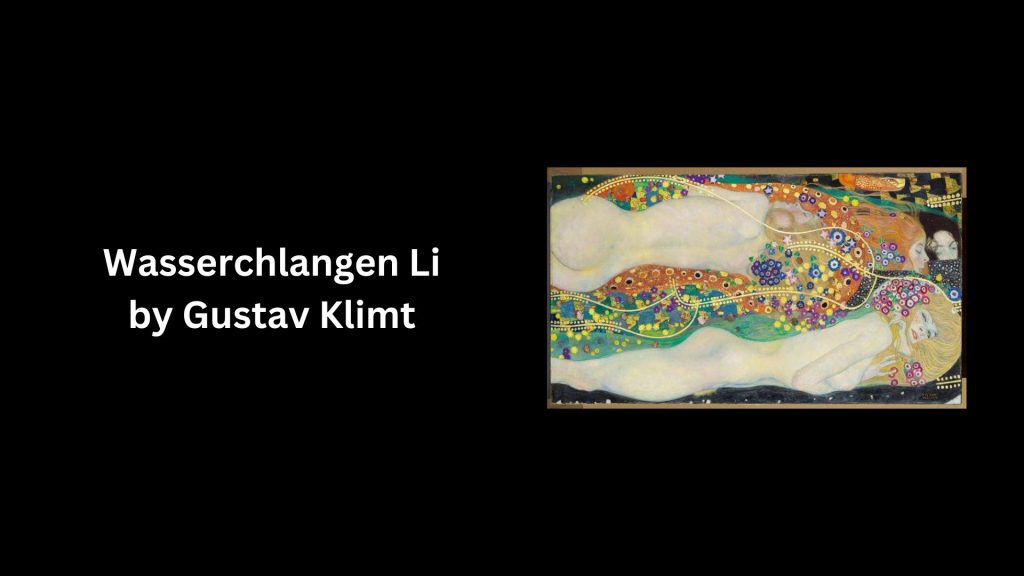
Gustav Klimt's art Wasserschlangen II is a beneficial artistic creation. It was developed in 1904 as part of his exciting canvases sequence. The artist painted a cheerful woman girded by a tense swarm of serpents. The woman is interpreted to represent an unobstructed view, although the serpents symbolize infinity. The picture is composed of oil on canvas and gems on oil and therefore is currently on display at the Austriaische Galerie Belvedere in Vienna.
The art is perceived as one of Klimt's more valuable workshops among the most beneficial arts ever sold. It bought drugs for a stunning 180 million in 2006, trying to manufacture the most cherished art ever heavily involved by an Austrian creator. The beauty has a hauntingly beautiful beauty which then enchants the passerby, making one of Gustav Klimt's very many desirable fragments.
10. Nu Couche by Amendo Modigliani- (Worth US$170 Million)
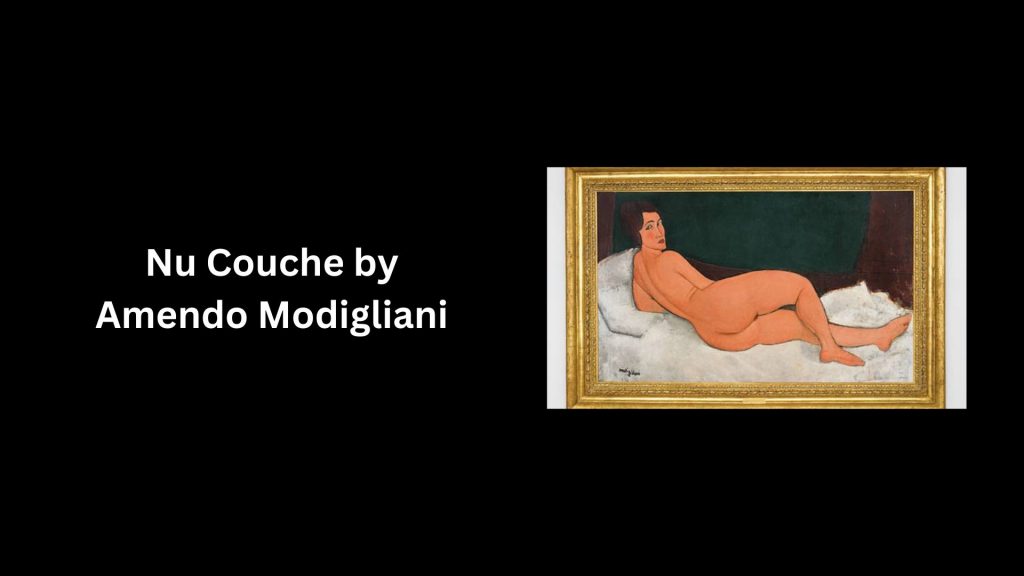
The latter represents one of the most vital illustrations in the acquisition of the Italian painter and sculptor Amedeo Clemente Modigliani. Mostly in the globe of innovative and modern craft, he was perceived as an aesthetic. Unlike many other artists at that moment, his focus was still on photos and trinkets with his art nouveau tone.
“Nu Couché” is a French phrase which translates as “raw comfy recliner,” and it is the kidney of Modigliani's art. This 60 cm x 92 cm art piece on art piece commanded the maximum price at Christie's in 2015, when the British auction site was considering an entire global record for Modigliani's oils.
A Chinese husband and wife from Shanghai, Liu Yiqian and Wang Wei tried to purchase the art with an American Express card for their residential exhibition
Conclusion
As just a necessary consequence, vital works of art are an intriguing topic of discussion for many individuals worldwide. They aren't just lovely pieces of artwork, however, they also have impassioned symbolic and artistic value.
A number of the world's finest arts are simply wonderful due to their symbolic and artistic connotation, whereas other paintings are impactful solely due to the illustrator's renown, anachronism, or purely the level of talent of the work. The inflated prices paid for these art pieces reflect the value and clamour deposited onto them by hoarders and artisan suckers.
Although the prices of cherished art pieces can be extraordinarily high, they also provide an ongoing reminder of the relevance of craft and Western civilisation in our universe.
They foster innovation, a sense of adventure, as well as ingenuity, as well as have the capacity to link people throughout both dimensions. Art has continuously been an essential element in human culture and the past, and invaluable art is a tribute to that.
Nonetheless, it's worth recalling that the significance of art isn't entirely dictated by its premium. Art is unique to each individual, and each individual might well possess a particular perception and reverence of a work. Whilst still valued works of art are increasingly regarded, it is essential to market and encourage all kinds of artistic endeavours, regardless of their valuation.
FAQ.
However, if they do not, however, know much of anything about art, that very many people have bought something because they love it or feel a special attachment to it. People regard it as financing because it means helping to broaden their investment choices.
The artwork also allows people to express their sentiments and feelings without using words. It can be hard to crack up when needed, so art is a wonderful way of expressing yourself. People who portray themselves utilise craftsmanship to transcend feelings of inadequacy and articulate themselves
In 2021, the U.s. was the world's biggest art world, properly accounting for 43 per cent of the world's craft valuation
To come at a real worth, art evaluators contrast information collected from different sources, which include art auctioneers, individual and business hoarders, custodians, antique dealer pursuits, museum curators (gallery owners), personally encountered specialists, and special purpose economic experts.

Aditi is an Industry Analyst at Enterprise Apps Today and specializes in statistical analysis, survey research and content writing services. She currently writes articles related to the "most expensive" category.



